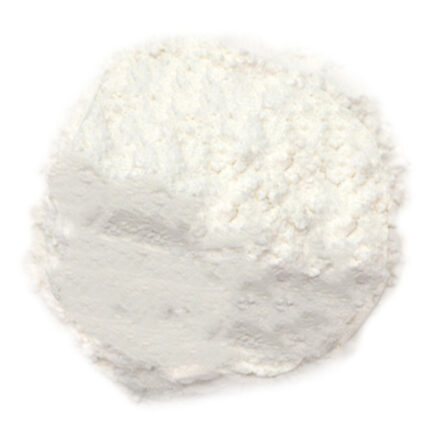Nonfat Dry Milk Blend – Low-Heat Processed Solids for Smooth Mouth FeelMade from Nonfat Dry Milk & Whey SolidsLow Heat Drying Process for Better SolubilityPerfect for Use in Dairy-Based Beverages & FoodsAdds Taste, Creamy Texture to Recipes
Our milk powder low heat is a blend of dry milk and whey solids and is processed using low heat for maximum solubility. Dried solids are perfect for use in beverages, chocolate or other flavored dairy drinks, frozen desserts, yogurt, cottage or cream cheese, chocolates, baked goods, and other low-fat applications, as it adds a smooth mouth feel in addition to creamy taste and texture. The drying process ensures maximum solubility, making this low heat nonfat dry milk for baking an ideal choice for adding creamy, rich taste and a smooth mouth-feel to dairy-based products such as yogurt, cream cheese, cottage cheese, or frozen desserts, as well as beverage or baking mixes. This versatile product makes a great emulsifier, creating creamy texture in sauces, soups, and salad dressing. Low heat powdered nonfat dry milk is easy to use, and the high solubility allows it to blend well with both liquid and dry ingredients. This versatile milk powder for baking will remain shelf-stable for up to 12 months, making it a great choice for prepared mixes or RTD beverages.
Please note that our low heat milk powder is intended to replace or enhance liquid milk in recipes and is not recommended for reconstitution as a table-ready beverage. For an easy-to-reconstitute milk replacer, we recommend using our Instant Powdered Nonfat Milk.
Creating clear and transparent shipping and handling policies is crucial for a commodity trading company like Agropastoral Products Co., Ltd. Here's a framework for the Shipping and Handling Policy:
1. Shipping Policy:
a. Shipping Process: - Detail the steps involved in the shipping process, from order placement to delivery.
b. Shipping Rates: - Specify the shipping costs associated with various products or order amounts.
c. Delivery Timeframe: - Provide estimated delivery times based on location and shipping method.
d. Shipping Carriers: - Name the shipping carriers used and any partnerships that may influence shipping.
e. International Shipping: - Explain international shipping options, rates, and potential customs or import duties.
f. Tracking Information: - Describe how customers can track their orders and obtain tracking information.
g. Shipping Restrictions: - List any countries, regions, or products where shipping may be restricted or limited.
2. Handling Policy:
a. Packaging: - Describe how products are packaged to ensure safe transit and delivery.
b. Quality Assurance: - Explain any quality control measures or checks in place during the handling process.
c. Fragile Items: - Provide special handling instructions for fragile or delicate commodities.
d. Inventory Management: - Detail how inventory is managed to maintain accuracy and prevent errors in order fulfillment.
e. Returns and Exchanges: - Outline the process for handling returns, exchanges, or replacements related to shipping issues or damaged items.
3. Additional Policies:
a. Lost or Damaged Items: - Explain the procedure for reporting and addressing lost or damaged items during shipping.
b. Split Shipments: - Describe under what circumstances the company may split an order into multiple shipments and how this is communicated to the customer.
c. Free Shipping Offers: - Clarify conditions for free shipping, such as minimum order amounts or specific products.
d. Holiday or Peak Season Shipping: - Provide information about any special considerations or delays during peak seasons or holidays.
e. Force Majeure: - Address how the company handles unforeseen events like natural disasters, strikes, or other force majeure events affecting shipping and delivery.
f. Contact Information: - Provide contact details for customers to reach out for shipping-related queries, concerns, or support.
Regularly update and review these policies to ensure they align with your company's operations and any changes in shipping or handling processes. Communicating these policies clearly to your customers will help manage their expectations and provide a positive shopping experience.












BRYAN –
The crew at OliveNation showed me respect and KINDNESS when I pointed out that this product appears to contain significantly less protein and notably more carbohydrate than typical nonfat dry milk powder.
The taste of this ‘Milk Powder Low Heat’ is OK, and the powder may be excellent for some uses, but I dislike its lower protein content and its tendency to produce a precipitate/sediment.
Now that I have seen how quickly & thoroughly OliveNation dealt with my concern, I will never hesitate to recommend this company to my friends and associates.